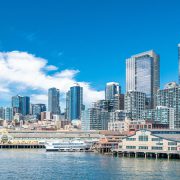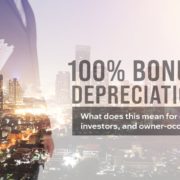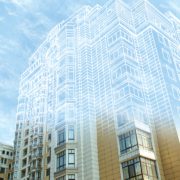San Diego’s Green Building Program
The Green Building Program is focused on protecting the environment and encouraging homeowners and builders to build using environmentally friendly practices. The San Diego Green Building Program has been put in place to safeguard our environment and quality of life while encouraging responsible real estate development.
WHAT DOES IT DO?

The program provides incentives and alternative options for builders to inspire and educate them on how to build smart. “Smart buildings use a minimum of nonrenewable energy, produce a minimum of pollution, and cost a minimum of energy dollars while increasing the comfort, health, and safety of the people who live and work in them.”
When implemented properly, sustainable building practices go beyond energy and water conservation, incorporating environmentally sensitive site planning, resource-efficient building materials, and superior indoor environmental quality.
Some of the positive outcomes include:
- Lower electric and water utility costs
- Enhanced health
- Reduced environmental impact
The County of San Diego has established incentive programs, policies, ordinances, and guidelines to promote green building design and construction. More information is available on the Energy Efficiency, Green Building, and Renewable Energy website from the County of San Diego.
THE GREEN BUILDING PROGRAM INCENTIVE
To inspire more builders to build smart green buildings, the county of San Diego offers incentives. One of those incentives includes a 7.5% reduction in plan-check and building permit fees for projects that meet the Green Building Program’s requirements. Some of the criteria are:
- Natural Resource Conservation
- Straw Bale Construction: New buildings using baled straw from harvested grain for the construction of the exterior walls will qualify for the incentives.
- Recycled Content: A builder would be eligible for the incentive program by doing one of the following:
- Show that 20% or more of primary building materials being used contain, in aggregate, a minimum weighted average of 20% post-consumer recycled content materials (reused materials count as 100%).
- Show that at least one primary building material (such as roofing) is 50% or more post-consumer recycled content.
- Water Conservation: The installation of a gray water system in new or renovated buildings will qualify for the incentives. Gray water is the wastewater produced from bathtubs, showers, and clothes washers. In order to conserve water, it can be used for irrigation through subsurface distribution systems.
- Energy Conservation: Buildings whose energy use is below CEC standards. Residential projects that exceed the minimum Title 24 standards by 15% and commercial projects that exceed the standards by 25% qualify for the Green Building Incentive Program.
HOW LOCAL BUSINESSES ARE GOING GREEN
 An example of a local business that places sustainability at the core of its business practices is Woodstock’s Pizza.
An example of a local business that places sustainability at the core of its business practices is Woodstock’s Pizza.
Following is a case study taken from the San Diego Green Building’s website: DOWNLOAD THE PDF HERE.
The owners of Woodstock’s Pizza have established sustainability as a core value for their operations throughout California. Woodstock’s understands that having sustainable business practices is not only good for the environment but also makes a strong business case as well.
Being more sustainable also allows for staying ahead of upcoming regulations.
The company did the following:
- Installed energy-efficient LED lighting and “Energy Star” appliances
- Installed water-efficient low-flow fixtures
- Implemented source reduction strategies (such as only offering reusable plates, cups, and cutlery for dine-in customers and offer compostable take out containers for dine-out customers)
- Encouraged staff to be part of their sustainable efforts
Which resulted directly in:
- Implemented sustainability strategies have saved over 18% in operating costs
- Positive customer feedback
- Staff buy-in has increased dedication and retention
- Received the Surfrider Accreditation
- Are a member of the Green Restaurant Association









